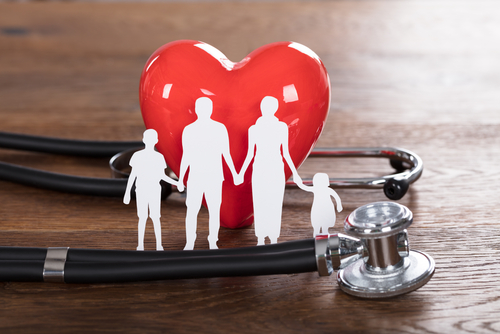Heart Attack Center
The Joint Commission National Quality Approval
Garfield Medical Center is The Joint Commission certified and Los Angeles County Department of Health Services Emergency Medical Services Agency (EMS) approved Primary Heart Attack Receiving center. There are only 34 dedicated heart attack centers in Los Angeles County.
Myocardial infarction (MI) or acute myocardial infarction (AMI), is the medical term for an event commonly known as a Heart Attack. It happens when blood stops flowing properly to part of the heart and the heart muscle is injured due to not enough oxygen. Usually this is because one of the coronary arteries that supplies blood to the heart develops a blockage due to an unstable buildup of white blood cells, cholesterol and fat.
Here are signs that can mean a heart attack is happening:
Chest discomfort. Most heart attacks involve discomfort in the center of the chest that lasts more than a few minutes, or that goes away and comes back. It can feel like uncomfortable pressure, squeezing, fullness or pain.
Discomfort in other areas of the upper body. Symptoms can include pain or discomfort in one or both arms, the back, neck, jaw or stomach.
Shortness of breath with or without chest discomfort.
Other signs may include breaking out in a cold sweat, nausea or lightheadedness.
As with men, women's most common heart attack symptom is chest pain or discomfort. But women are somewhat more likely than men to experience some of the other common symptoms, particularly shortness of breath, nausea/vomiting, and back or jaw pain.
Even if you're not sure it's a heart attack, have it checked out (tell a doctor about your symptoms). Minutes matter! Fast action can save lives -- maybe your own. Don't wait more than five minutes to call 9-1-1 or your emergency response number.
Calling 9-1-1 is almost always the fastest way to get lifesaving treatment. Emergency medical services (EMS) staff can begin treatment when they arrive -- up to an hour sooner than if someone gets to the hospital by car. EMS staff are also trained to revive someone whose heart has stopped. Patients with chest pain who arrive by ambulance usually receive faster treatment at the hospital, too. It is best to call EMS for rapid transport to the nearest heart attack receiving center emergency room.

